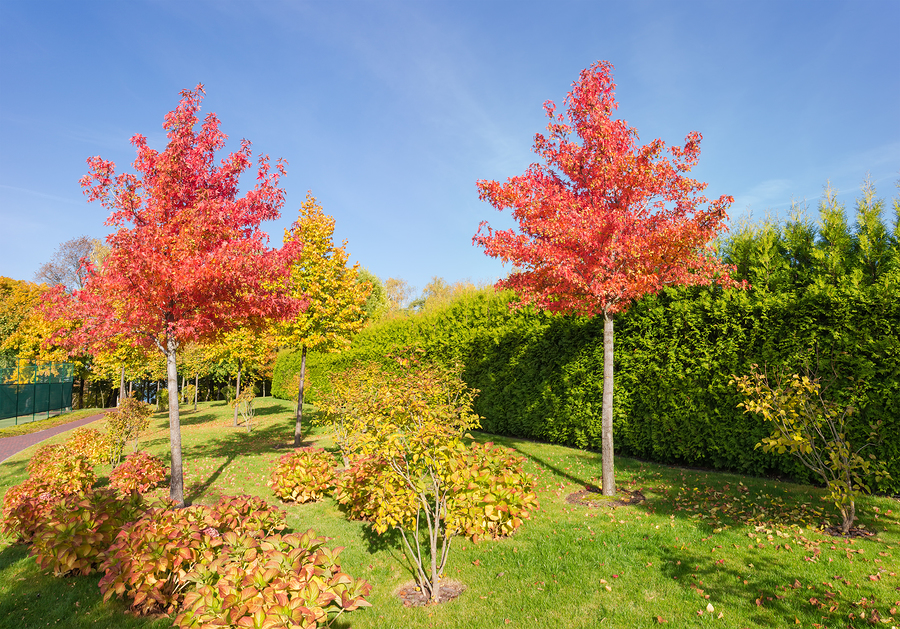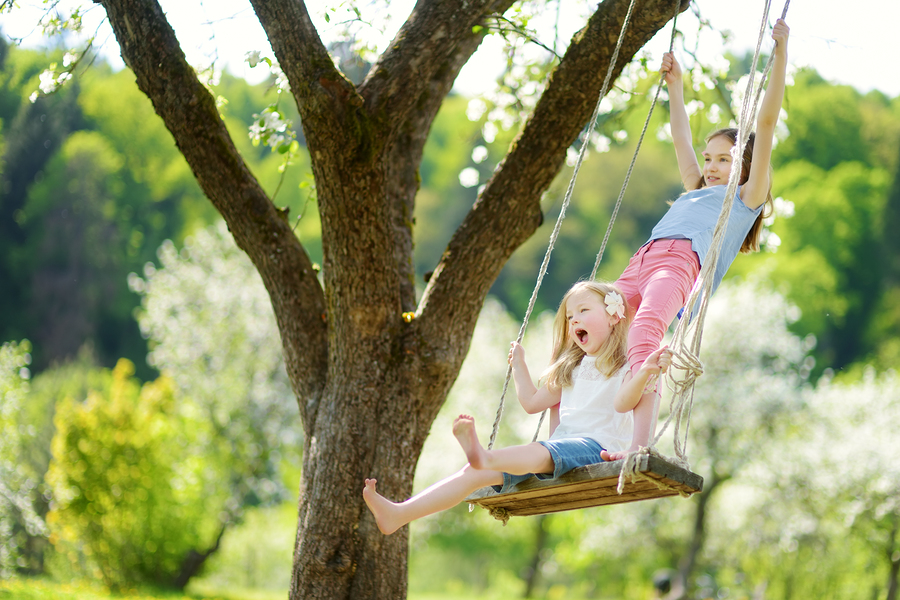Maple trees stand as magnificent sentinels in landscapes across North America, their vibrant foliage creating breathtaking displays that mark the changing seasons. These remarkable trees offer far more than aesthetic beauty—they provide essential environmental benefits, from purifying air to supporting local wildlife ecosystems. Understanding the different maple species and their specific care requirements can transform your landscape into a thriving sanctuary that flourishes for generations.
Whether you’re planning your first maple tree planting or seeking to improve the health of existing trees, proper identification and care knowledge form the foundation of successful tree stewardship. Each maple species brings unique characteristics and requirements, making species-specific care essential for optimal growth and longevity.

Identifying Your Maple Trees
Accurate identification serves as the cornerstone of effective maple tree care. Maple trees share certain distinctive features that set them apart from other species, yet each variety displays unique characteristics that require careful observation.
Tree Leaves
The most recognizable feature of maple trees is their palmate leaves, which typically display three to five lobes radiating from a central point. However, leaf shape varies significantly between species. Sugar maples produce leaves with clean, defined edges, while silver maples feature deeply serrated margins that create a more delicate appearance.
Bark Patterns
Bark patterns provide another crucial identification tool. Young maple bark appears smooth and gray, but mature trees develop distinctive textures. Sugar maples develop vertical furrows and plates, creating a rugged, plated appearance. Red maples maintain smoother bark with shallow grooves, while silver maples display flaky, scaly bark that peels away in irregular patches.
Growth Patterns
Tree form and growth patterns offer additional clues for species identification. Sugar maples typically grow into tall, oval-shaped crowns with dense branching. Red maples develop more irregular, rounded crowns with ascending branches. Silver maples create broad, spreading canopies with drooping lower branches that require regular pruning attention.
Species Spotlight: Popular Maple Varieties
Sugar Maple (Acer saccharum)
Sugar maples reign as the crown jewels of North American forests, particularly throughout the Northeast region. These magnificent trees produce the spectacular fall foliage that draws millions of visitors to New England each autumn. Their leaves transform from summer green to brilliant oranges, reds, and yellows, creating nature’s most stunning seasonal display.
Beyond their aesthetic appeal, sugar maples serve as the primary source for maple syrup production. The sugar content in maple sap varies significantly based on weather conditions and tree health, with optimal syrup production occurring during specific temperature fluctuations in early spring.
Sugar maples thrive in USDA hardiness zones 3-8, preferring well-drained, slightly acidic soil with consistent moisture. These trees can live for over 300 years with proper care and maintenance, making them excellent long-term landscape investments.
Red Maple (Acer rubrum)
Red maples earn their name through their striking red characteristics that appear throughout the growing season. Spring brings clusters of small red flowers before leaf emergence, followed by red leaf stems and twigs. Fall foliage ranges from bright yellow to deep crimson, creating spectacular autumn displays.
These adaptable trees excel in various soil conditions, from wet, swampy areas to well-drained upland sites. This versatility makes red maples particularly popular in the Southeast region, where they’re widely planted in both residential and commercial landscapes.
Red maples mature faster than sugar maples, reaching substantial size within 20-30 years. They thrive in USDA hardiness zones 3-9, demonstrating remarkable adaptability to different climate conditions. Their tolerance for urban pollution and soil compaction makes them excellent choices for city environments.
Silver Maple (Acer saccharinum)
Silver maples provide rapid growth and quick shade establishment, making them ideal for urban settings throughout the Midwest region. Their distinctive leaves feature silvery undersides that create a shimmering effect when stirred by wind, giving these trees their common name.
These fast-growing trees can reach impressive heights within just a few decades, making them popular choices for homeowners seeking immediate landscape impact. However, their rapid growth produces somewhat brittle wood that requires careful pruning management to prevent storm damage.
Silver maples tolerate various soil conditions and demonstrate excellent drought resistance once established. They thrive in USDA hardiness zones 3-9, adapting well to urban stresses including air pollution and soil compaction.
Bigleaf Maple (Acer macrophyllum)
Native to the Pacific Northwest, bigleaf maples produce the largest leaves of any North American maple species. These impressive leaves can measure up to 12 inches across, creating dense shade and distinctive landscape character.
Bigleaf maples thrive in the moist, temperate conditions of their native region, preferring areas with consistent rainfall and moderate temperatures. They excel in USDA hardiness zones 6-9, particularly in coastal and valley locations throughout Washington, Oregon, and Northern California.
Interestingly, maple wood from bigleaf maples is highly prized for musical instruments due to its acoustic properties, making these trees valuable for both landscape and commercial purposes.
View Our Expert Tree Services in Indy
Essential Maple Tree Care Tips
Planting Maple Trees
Successful maple tree planting begins with proper site selection and timing. Spring and fall provide optimal planting conditions, allowing trees to establish root systems before extreme weather stress occurs.
Choose locations with appropriate space for mature tree size, considering both height and canopy spread. Most maples require full sun to partial shade, with at least six hours of direct sunlight daily for optimal growth and fall color development.
Dig planting holes twice as wide as the root ball but no deeper than the root ball height. This prevents settling that can bury the root flare and create drainage problems. Amend heavy clay soils with compost to improve drainage, but avoid adding excessive organic matter that can create water-holding pockets.
Watering and Irrigation
Proper watering establishes the foundation for healthy maple tree growth. Newly planted trees require consistent moisture during their first two growing seasons while establishing extensive root systems.
Deep, infrequent watering encourages deep root development and drought tolerance. Apply water slowly at the base of the tree, allowing soil to absorb moisture gradually. Avoid frequent shallow watering that encourages surface root development and increases drought stress susceptibility.
Established maples typically require supplemental watering only during extended dry periods. Monitor soil moisture by checking several inches below the surface—soil should feel slightly moist but not waterlogged.
Fertilizing and Soil Management
Maple trees benefit from regular fertilization, particularly in urban environments where soil nutrients become depleted. Apply balanced tree fertilizer in early spring before new growth begins, following manufacturer recommendations for application rates.
Organic options include compost applications around the tree base, extending to the drip line. This provides slow-release nutrients while improving soil structure and water retention. Avoid placing fertilizer directly against the trunk to prevent root burn.
Soil pH testing helps determine nutrient availability. Most maples prefer slightly acidic soil (pH 6.0-6.8), though red maples tolerate a wider pH range. Adjust soil pH gradually using appropriate amendments based on test results.
Pruning and Tree Trimming
Regular pruning maintains tree shape, removes dead or diseased branches, and prevents structural problems that can lead to storm damage. The best time for maple tree pruning is late fall through early spring while trees remain dormant.
Remove dead, damaged, or crossing branches first, followed by any branches that create structural weaknesses. Avoid heavy pruning that removes more than 25% of the tree’s canopy in a single year, as this can stress the tree and reduce its ability to photosynthesize effectively.
Proper pruning cuts prevent disease entry and promote rapid healing. Cut just outside the branch collar, avoiding flush cuts that damage the trunk or stub cuts that prevent proper healing.
Contact Us to Book Your Next Service!
Common Maple Tree Problems and Solutions
Disease Management
Anthracnose represents one of the most common maple diseases, causing brown leaf spots and early leaf drop. This fungal disease thrives in cool, wet spring conditions and can significantly impact tree appearance.
Treatment options include fungicide applications during spring emergence, though prevention through proper spacing and pruning provides better long-term management. Remove fallen leaves to reduce disease overwintering and improve air circulation through selective pruning.
Verticillium wilt poses a more serious threat, causing branch dieback and potential tree death. This soil-borne fungal disease affects the tree’s vascular system, preventing proper water and nutrient transport.
Early detection and prompt treatment offer the best outcomes. Remove affected branches immediately and dispose of them away from healthy trees. Some trees may recover with proper care, while severely affected trees may require removal.
Pest Management
Aphids commonly infest maple trees, particularly during spring growth periods. These small insects feed on leaf sap, causing yellowing and curling while producing sticky honeydew that attracts secondary problems.
Organic treatment options include insecticidal soap applications and beneficial insect encouragement through diverse plantings. Chemical treatments may be necessary for severe infestations, but should be applied according to label directions to minimize environmental impact.
Maple mites can cause leaf stippling and premature leaf drop during hot, dry conditions. These tiny pests multiply rapidly under stress conditions, making prevention through proper watering and soil management essential.
Environmental Stress Management
Drought stress affects maple trees significantly, causing leaf scorch, early leaf drop, and increased susceptibility to other problems. Maintain consistent soil moisture through proper irrigation and mulching practices.
Salt damage from winter road treatments can cause leaf burn and growth reduction. Plant salt-tolerant species in areas subject to salt spray, and flush soil with water in spring to reduce salt accumulation.
Soil compaction restricts root growth and water infiltration, leading to gradual tree decline. Protect root zones from traffic and construction activities, and consider soil aeration for established trees showing compaction symptoms.
Concluding Thoughts
Caring for maple trees represents an investment in both property value and environmental health. These ancient species, dating back over 100 million years, connect us to natural heritage while providing tangible benefits for generations to come.
Regular maintenance through proper watering, fertilizing, and pruning ensures maximum tree longevity and performance. Professional tree care services can provide specialized treatments and early problem detection that preserve tree health and prevent costly removals.
The time invested in learning proper maple tree care pays dividends through enhanced property beauty, increased shade benefits, and the satisfaction of nurturing these magnificent living monuments. Consider scheduling a tree care consultation to develop a comprehensive maintenance plan tailored to your specific maple species and local conditions.
Look for some professional maple tree service in Indianapolis? Contact Complete Tree Care to schedule a free on-site assessment for trimming, pruning, tree removal, stump grinding, and more. We serve residential and commercial properties with affordable tree service.
Click Here to Get a Free Quote
Related Post: Caring for Ornamental Trees in Indiana



